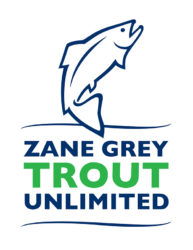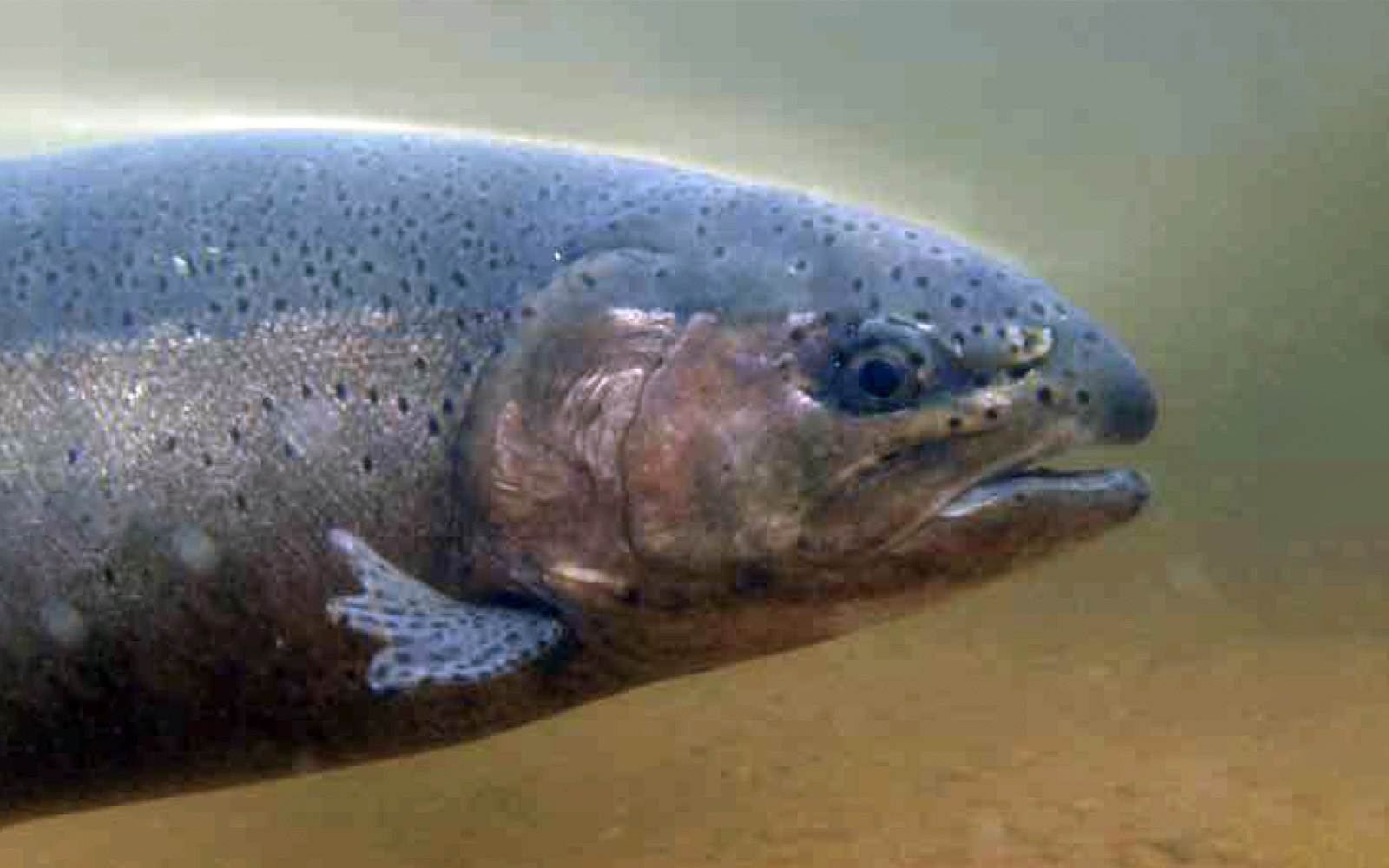It is said that hands-on experience is the perfect teaching companion to classroom discussion and reading. The Trout In the Classroom program is a great example of this.
Started in 2006, the program inspires aquatic and water conservation knowledge in schoolchildren across Arizona.
Partners in the Arizona program include the Arizona Game and Fish Department, the Council and Chapters of Arizona Trout Unlimited, and many hunting and fishing clubs across the state. Partial funding is provided by grants from the sales of Arizona Sportsmen for Wildlife Conservation’s Conserving Wildlife specialty license plates.
One of the first programs of its kind in Arizona, Trout In the Classroom provides knowledge to young people (grades four through 12) as they raise trout from eggs to fingerling-size fish in their classrooms. Teachers and students are trained to feed the fish and monitor tank water quality.
“We equip teachers with the information they need to inspire students to learn and research any questions they have about fish biology,” says Trout Unlimited Arizona Council Chair Steve Reiter. “We know there are less young people getting outdoors and so we bring the experience to them.”
“In the program, students use STREAM [science, technology, recreation, engineering, art and math] approaches, learn about habitats and water resources and gain a valuable conservation perspective,” says Jim Walker, chair of the Arizona Trout In the Classroom program.
In 2014, AZGFD’s Aquatic Branch Chief Chris Cantrell and Statewide Hatchery Program Manager Geoffrey Rabinovich met with Walker and the Trout Unlimited team to discuss expanding the program from three classrooms into additional schools. The next year, Rabinovich was approached by Cantrell to be the new AZGFD liaison for the program.
“I wanted to help provide the tools to facilitate student learning of trout culture, fish biology, conservation and sportfishing,” Rabinovich says.
Since the 2014 meeting, the team has increased participation to 37 class-rooms as of last year. The long-term goal is to involve 100 schools statewide.
Department hatchery program staff Bryce Sisson, Trevor Nelson, David Fox, Kyle Tulisiak, Wayne Jones and Cindy Dunn are also instrumental in helping coordinate the program.
The Gila Trout Chapter in Payson has been involved with Trout In the Classroom for 10 years. “We are always anxious to educate children about the ecosystem of Arizona streams and lakes,” says Dorothy Howell, coordinator of the program and one of the chapter leaders. Howell and her volunteers are the primary contacts with teachers, helping them with equipment and advice about how to maintain healthy trout.
“The students are more involved in their learning because they are active with it, making it a more meaningful experience for both teacher and students,” says Kim Hansen, a sixth-grade teacher at Ruth Fisher Middle School in Tonopah.
Each year, the program begins with a teacher workshop, an educational opportunity that still continues today. This year’s workshop will be held online and in one-on-one pairings to meet CDC Covid-19 standards.
With the help of volunteers, Trout Unlimited chapters deliver and assemble 55-gallon fish tanks, a chiller to maintain water temperature and all the supplies and chemicals needed to help the eggs hatch and grow into fingerling-sized trout in each classroom. With an extensive statewide volunteer delivery process to the schools, AZGFD provides the trout eggs and fish food for the program.
“Trout propagated by the Arizona Game and Fish Department are a resource provided for all licensed anglers,” Cantrell says. “The Trout In the Classroom partnership with Trout Unlimited and participating Arizona schools provides the department an additional opportunity to broaden our reach into the diversity of Arizona.”
When each program ends in May, teachers report their findings to Trout Unlimited. To develop and practice their public-speaking skills, students present program reports to other classes, school officials, local service clubs and nonprofit organizations.
The fish are donated to conservation centers to nourish captive wildlife recovering from illness or injury. In the future, with disease precautions in place, it may be feasible to stock the fingerlings in rivers and streams.
Trout In the Classroom partners also hope the program encourages young people to venture outdoors to further explore nature with their friends and family and consider a career involving conservation.
To learn more about Trout In the Classroom, visit aztic.org.
Click HERE for the full for the full article by Anna Johnson in Arizona Wildlife Views.

